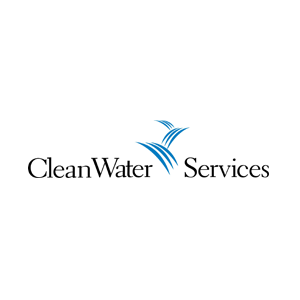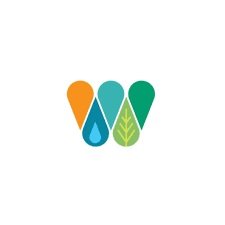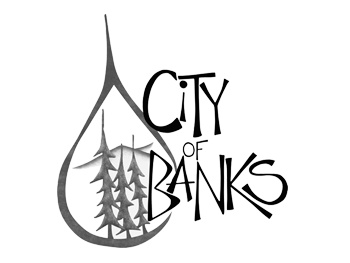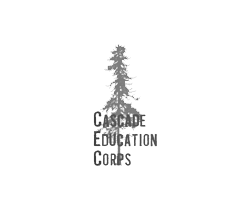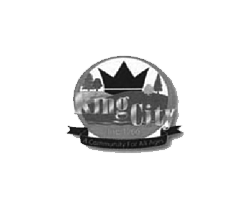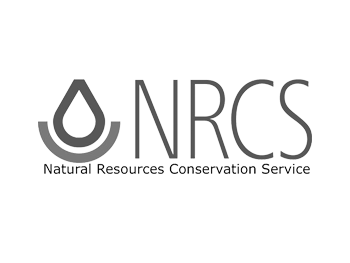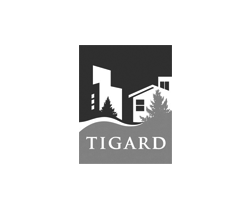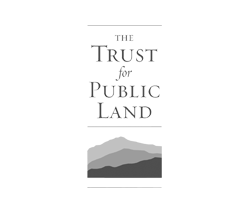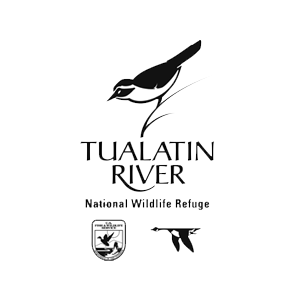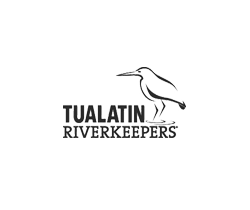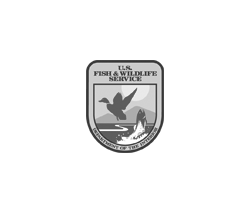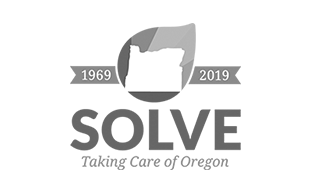Highly Visible Urban Wetland Provides Wildlife Connectivity and Public Access
With I-5 bordering Nyberg Creek to the west and the I-205 interchange only a stone’s throw to the south, the Nyberg Wetland Complex just might be the most visible and accessible wetland in Oregon. Surrounded on all sides by heavily traffic roads and dense urban development, Nyberg provides valuable habitat for wildlife and plays a key role in protecting the Tualatin River’s downstream health—Nyberg Creek flows north and east out of the wetland to join the river only a quarter of a mile away at Brown’s Ferry Park.
The Site
Size: 75 acres
First planting: 2017
Stream length: 4,292 feet
Plant communities: Scrub Shrub, Emergent Wetlands
The Challenge
Maintaining a functional wetland among such heavy and varied urban surroundings would be challenging under any conditions. As the City of Tualatin has grown, Nyberg wetlands have come to provide valuable water storage functions and connected wildlife habitat in the urban landscape. Enhancement efforts are complicated by the wide range of public, private and nonprofit landowners that manage the surrounding properties. Each brings its own objectives, stakeholders and knowledge set to the task. The wetland itself is currently divided by an old farm road — a remnant of the area’s agricultural era. The office parking lot to the north is set in a dynamic floodplain, at a lower elevation than the adjacent creek, and sometimes experiences flooding.
The Transformation
Although Nyberg Wetlands is not open to the public for recreation, it is easily accessible for tours and field trips and has become a hotbed of volunteer activity, place-based education and community science. These wetlands are home not only to beaver, but also to amphibians, waterfowl, turtles and songbirds.
The site has hosted egg mass surveys, beaver monitoring, tree plantings and a small-scale milkweed planting (to test whether the milkweed would improve monarch butterfly habitat). An expert-led beaver workshop guided partners in assessing beaver activity and presented options for effective beaver management.
As work on the site continues, enhancement possibilities include removal of the old road, installation of habitat logs to improve hydrology and turtle habitat, and additional strategies to increase circulation within the wetlands and enhance aquatic habitat and water quality. Already, a pond leveler has been installed to lower water levels in the largest pond to reduce algae. Additional engineering solutions may help address parking lot flooding. Continued invasive species management and native plantings will diversify and bolster the wetland species.
Learn More
Watch a video of students from nearby Bridgeport Elementary school visiting Nyberg Wetlands as part of their beaver habitat study.
Learn more about turtles at Nyberg Wetlands.










